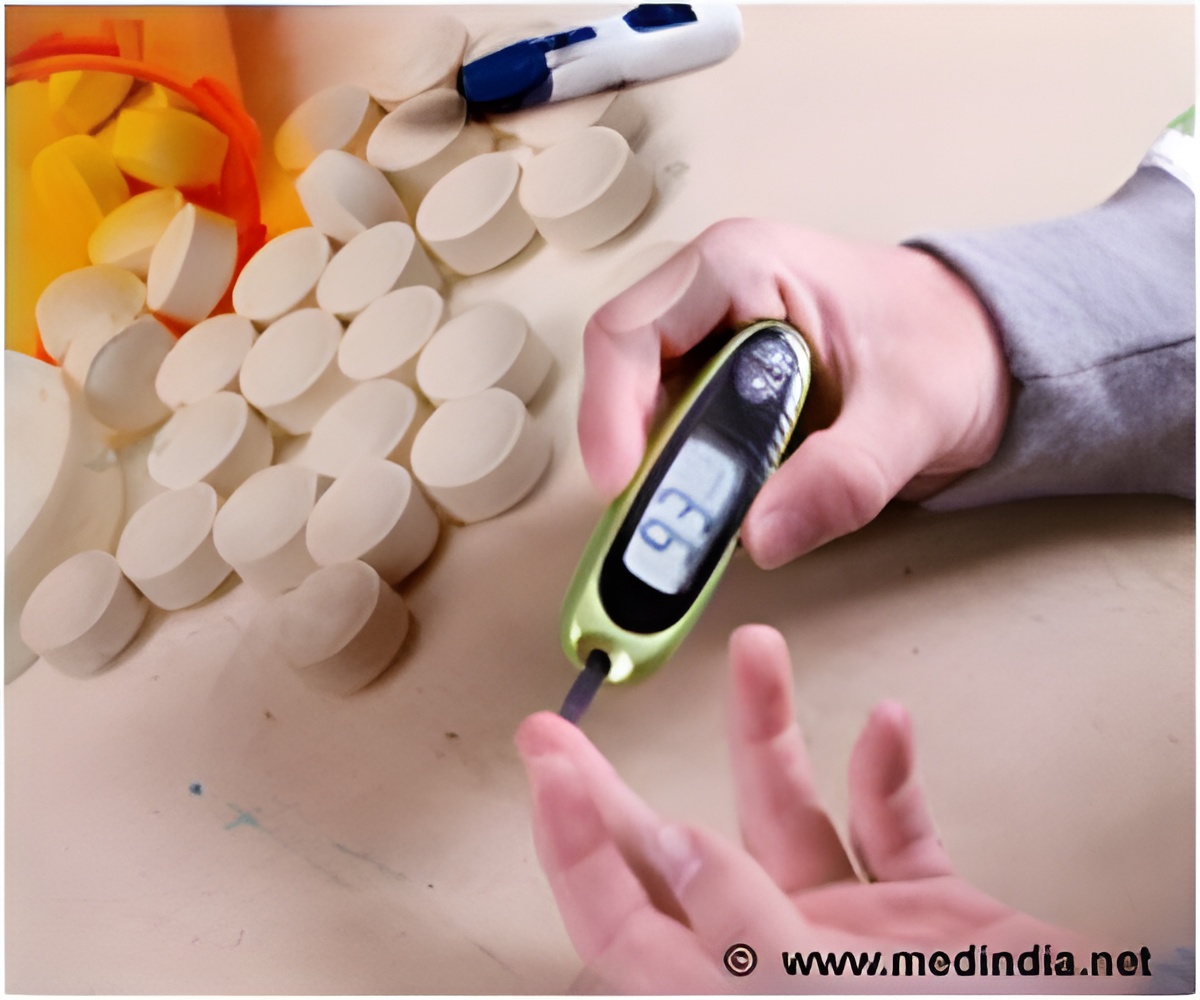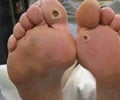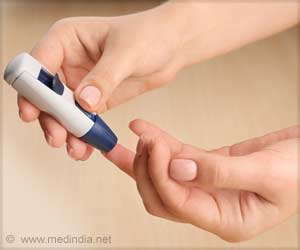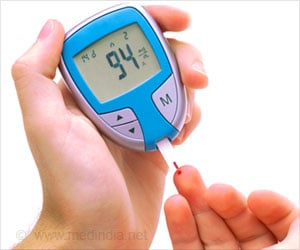A study reveals that researchers found that the prevalence of both type 1 and type 2 diabetes increased significantly between 2001 and 2009.

Dana Dabelea, M.D., Ph.D., of the Colorado School of Public Health, Aurora, Colo., and Elizabeth J. Mayer-Davis, Ph.D., of the University of North Carolina, Chapel Hill, and colleagues with the SEARCH for Diabetes in Youth Study, examined whether the overall prevalence of type 1 and type 2 diabetes among U.S. youth has changed in recent years, and whether it changed by sex, age, and race/ethnicity. Despite concern about an "epidemic," there have been limited data on trends regarding diabetes. "Understanding changes in prevalence according to population subgroups is important to inform clinicians about care that will be needed for the pediatric population living with diabetes and may provide direction for other studies designed to determine the causes of the observed changes," the authors write.
The analysis included cases of physician-diagnosed type 1 diabetes in youth ages 0 through 19 years and type 2 diabetes in youth 10 through 19 years of age in 2001 and 2009. The study population came from five centers located in California, Colorado, Ohio, South Carolina, and Washington state, as well as data from selected American Indian reservations in Arizona and New Mexico.
In 2001, the prevalence of type 1 diabetes among a population of 3.3 million was 1.48 per 1,000, which increased to 1.93 per 1,000 among 3.4 million youth in 2009, which, after adjustment, indicated an increase of 21 percent over the 8-year period. The greatest prevalence increase was observed in youth 15 through 19 years of age. Increases were observed in both sexes and in white, black, Hispanic, and Asian Pacific Islander youth. "Historically, type l diabetes has been considered a disease that affects primarily white youth; however, our findings highlight the increasing burden of type l diabetes experienced by youth of minority racial/ethnic groups as well," the authors write.
The overall prevalence of type 2 diabetes for youth ages 10 to 19 years increased by an estimated 30.5 percent between 2001 and 2009 (among a population of 1.7 million and 1.8 million youth, respectively). Increases occurred in white, Hispanic, and black youth, whereas no changes were found in Asian Pacific Islander and American Indian youth. A significant increase was seen in both sexes and all age-groups.
"The increases in prevalence reported herein are important because such youth with diabetes will enter adulthood with several years of disease duration, difficulty in treatment, an increased risk of early complications, and increased frequency of diabetes during reproductive years, which may further increase diabetes in the next generation," the researchers write. "Further studies are required to determine the causes of these increases.
Advertisement















